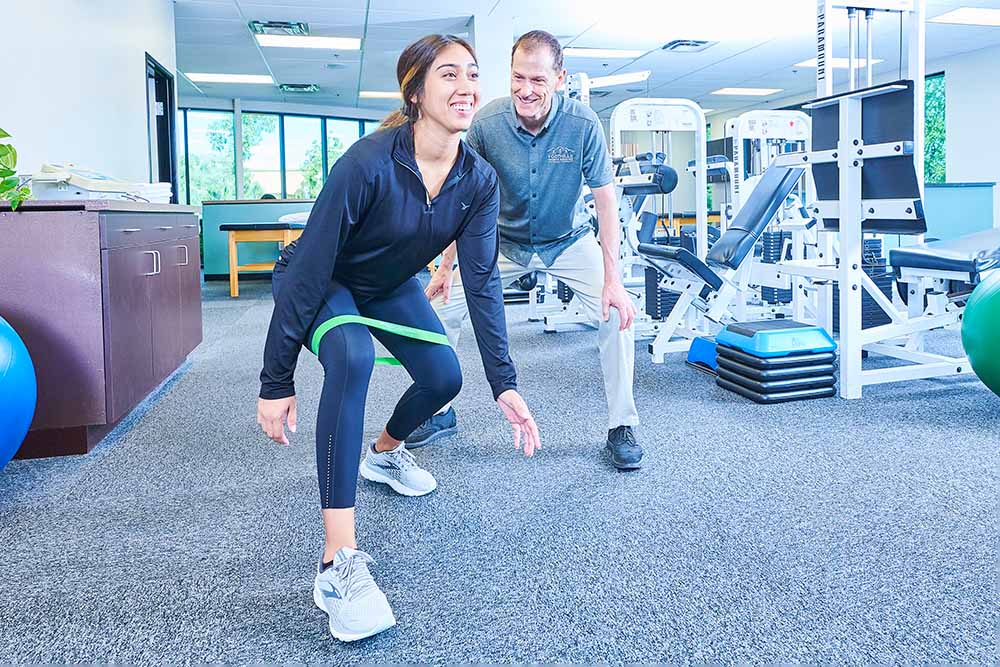Effective Approaches for Reducing Breathlessness in Physical Therapy Appointments
Dyspnea, or trouble breathing, is a common concern that many individuals face, particularly those with chronic lung diseases, heart issues, or other health conditions. In rehabilitation therapy appointments, addressing dyspnea is essential for helping clients improve their overall standard of life. By utilizing specific techniques and strategies, physical therapists can assist patients in managing their respiratory difficulties. Understanding these effective approaches can empower both therapists and patients to work together more efficiently in overcoming challenges related to dyspnea.One of the primary techniques used to alleviate dyspnea in physical therapy is the practice of controlled breathing exercises. These activities often focus on diaphragmatic breathing, which encourages patients to use their diaphragm rather than their upper thoracic muscles when inhaling. This method helps to increase lung capacity and efficiency. Additionally, pursed lip breathing is another approach that can be beneficial. This technique involves breathing in through the nose and exhaling slowly through compressed lips, which can help to keep airways open longer and make breathing feel more manageable. By including these activities into therapy appointments, physical therapists can provide patients with strategies to control their dyspnea both during and outside of their appointments.
Another crucial aspect of managing breathing difficulties in physical therapy is the development of an individualized exercise regimen. Tailoring exercises to satisfy the specific needs and capabilities of each patient is essential. Therapists should gradually introduce aerobic activities, such as walking or biking, in a controlled manner, allowing patients to build their endurance over time. This incremental approach helps patients to feel more at ease with physical activity while simultaneously improving their lung function and overall endurance. It is vital for therapists to observe patients closely during these activities to ensure they are not overexerting themselves, which could lead to greater shortness of breath.
Education also plays a major role in reducing dyspnea during physical therapy sessions. Providing patients with knowledge about their condition and the mechanisms behind breathing difficulties can enable them to take control of their health. Therapists can explain how elements like anxiety, posture, and surrounding conditions can affect breathing. By understanding these ideas, patients can discover to control their symptoms more effectively. Techniques such as anxiety reduction methods and proper body posture can further assist in minimizing the impact of breathing difficulties during routine activities and therapy sessions.
In conclusion, effectively reducing breathing difficulties in physical therapy sessions involves a combination of breathing activities, personalized exercise regimens, and patient teaching. By implementing these effective methods, physical therapists can assist patients manage their respiratory difficulties and improve their overall well-being. Working together between therapists and patients is essential to create tailored interventions that meet individual needs. With Get the facts the right support and methods, patients can experience comfort from breathing difficulties and participate more fully in their physical therapy journey, ultimately leading to a better standard of life.
